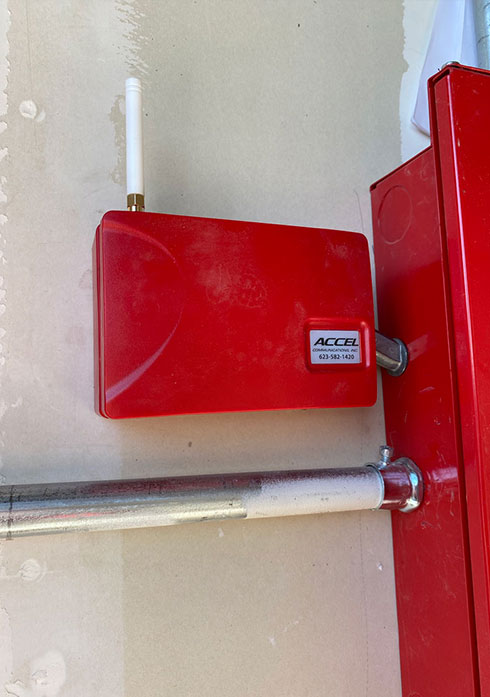If you’ve been relying on good old telephone lines for your fire alarm and security monitoring, it might be time for a change. For years, these systems used telephone lines to call in alarms and reports. But with telecom providers focusing on expanding their wireless and broadband networks, the old analog systems are becoming less reliable. Plus, new technology like VoIP has been known to cause some hiccups in reliability. So, let’s dive into why the traditional POTS systems are being phased out, the challenges this brings for fire alarm systems, and the benefits of switching to wireless solutions.
Why Are POTS Systems Being Phased Out?
Remember those old-fashioned copper wires? They’re being replaced by 5G networks and fiber optic connections. The infrastructure for POTS (Plain Old Telephone Service) is aging and becoming pricey to maintain. Telecom companies are starting to abandon these networks in many areas. If your business still depends on POTS lines, you’re probably noticing higher costs and less reliable service as the lines wear out.
With these changes, businesses need to think about alternative solutions, especially for critical systems like fire alarms. Reliable communication is key to keeping everyone safe, so exploring new options is a must.
Challenges for Alarm Systems Communicating on Telephone Lines
Fire alarm and security systems are literally lifesavers. Local fire codes and national regulations require them to have a stable, reliable connection to notify emergency responders promptly. Traditionally, these systems used POTS lines because they were the most reliable technology available.
But as POTS lines are phased out, they’re becoming unreliable and might stop working altogether. This is a big challenge for businesses that need to meet safety standards. To keep everyone safe, it’s essential to find new solutions that offer the same reliability as the old POTS lines.
The Perks of Going Wireless for Your Fire & Security System
So, what’s the solution? Wireless technology! According to the FCC, wireless solutions have become stable enough for fire alarm and security systems. Not only do they replace outdated POTS technology reliably, but they’re also cheaper to install and maintain. Plus, as POTS costs keep rising, wireless becomes an even more attractive option.
Another great thing about wireless is that carriers can detect outages almost immediately. This means less downtime for your safety and security equipment. Switching to wireless now also helps you avoid the risk of your POTS lines suddenly failing in the future.
Why Accel Communications?
With POTS systems on their way out and wireless technology offering so many benefits, it’s time to evaluate your fire alarm system. That’s where we come in. At Accel Communications, we’re here to help you transition from outdated POTS lines to modern wireless solutions. Our experts will evaluate your current system, check for outdated equipment, and find ways to save you money by switching to wireless.
Making this switch ensures your fire alarm system stays reliable, meets safety standards, and protects lives and property. We’re committed to giving you the best solutions that keep up with the latest technology and regulations.
Next Steps
Moving from POTS to wireless solutions is a big shift for fire alarm systems and security monitoring. As telecom providers move towards wireless and broadband networks, traditional telephone lines are becoming a thing of the past. Businesses need to adapt to ensure their fire alarm systems remain reliable.
Wireless technology offers reliability, cost savings, and quick outage detection. Partnering with Accel Communications makes the transition smooth and ensures your fire alarm system stays effective and compliant.
Ready to upgrade your system? Contact Accel Communications today at 623-582-1420 for an evaluation. Let’s embrace the future of fire alarm systems and security monitoring together.
- How Live Video Monitoring Works: A Behind-the-Scenes Look - March 26, 2025
- Why Every Phoenix Small Business Needs Live Video Monitoring - March 10, 2025
- How Card Readers Can Elevate Your Security Game - February 18, 2025


